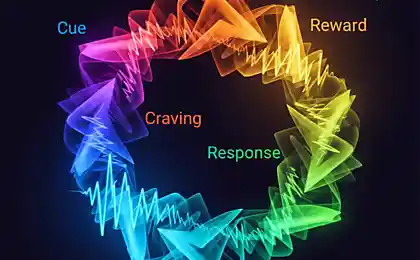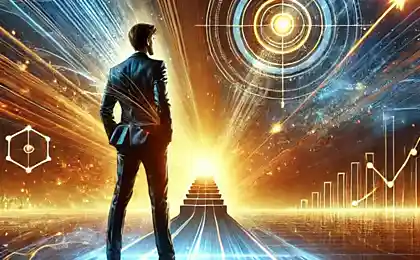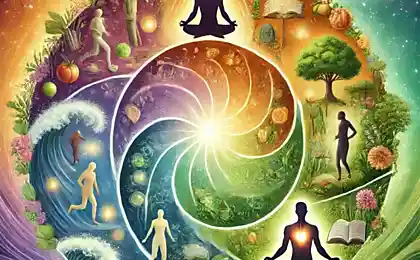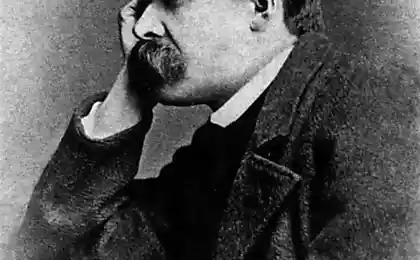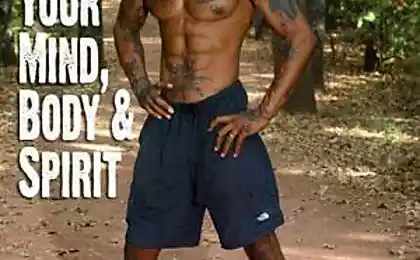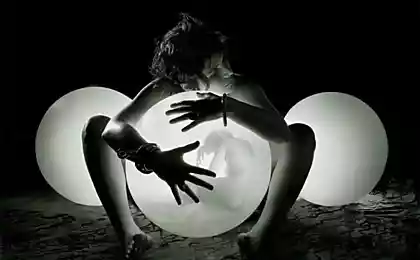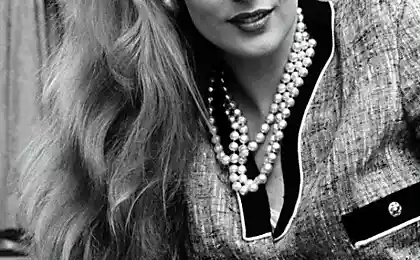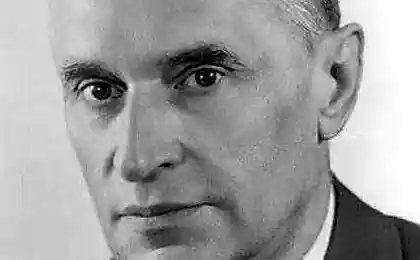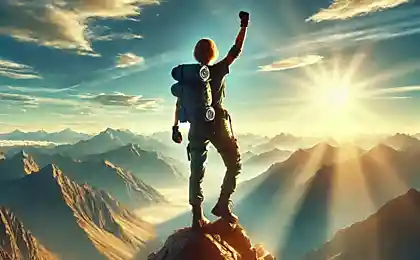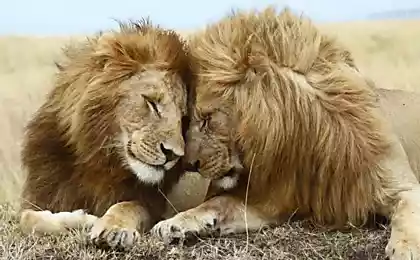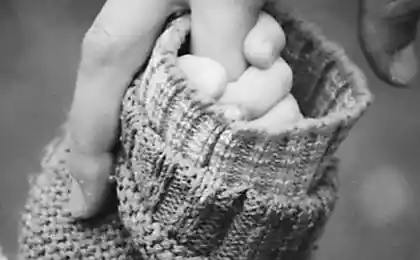102
How to create a holistic lifestyle that you will stick to for years

Every January, millions of people around the world make big promises. But by February, most have given up. Why? Because we're trying to build a house off the roof, ignoring the foundation.
Imagine a person who decided to become “healthy” and in one day started getting up at 5am, doing yoga, eating only organic foods, meditating an hour a day and reading a book a week. Sounds impressive? Maybe. Realistic? Absolutely not.
Real transformation does not occur in moments of heroic effort, but in quiet moments of daily choice for the best version of yourself.
The Anatomy of Sustainable Change
Research on neuroplasticity suggests that the brain can form new neural connections at any age. However, this process requires time and permanence. According to the European Journal of Social Psychology, it takes an average of 66 days to form a habit, much longer than the popular 21 days.
Key principle
A holistic lifestyle is not a set of individual habits, but an integrated system where each element supports the others. It's a symphony, not solo performances.
Step One: The Archaeology of Your Own Desire
Before building a new way of life, you need to honestly answer the question: what do you really want? Not what Instagram trends should want, but what resonates with your inner self.

Practical exercise: Conduct an energy audit of your life. Write down during the week which activities energize you and which exhaust you. This will be the foundation for a supportive system.
The Perfect Day Technique
Close your eyes and imagine a perfect day in five years. Don’t focus on accomplishments or material possessions – focus on sensations. How are you feeling? What energy fills your body? What emotions dominate?
- Describe the physical sensations in the body
- Determine the emotional background of the day
- Identify key activities
- Find the common denominator of all elements
The human body is a complex system where all elements are interconnected. Lack of sleep affects nutritional decisions. Stress at work affects relationships. Information overload impairs the ability to concentrate.
Trying to change one aspect of life while ignoring the rest is like trying to tune one instrument in an orchestra while the others play apart.
The domino principle
Instead of making radical changes, choose one “anchor” habit that will naturally pull the rest. For example, early rise automatically affects bedtime, which improves sleep quality, which increases energy for physical activity.
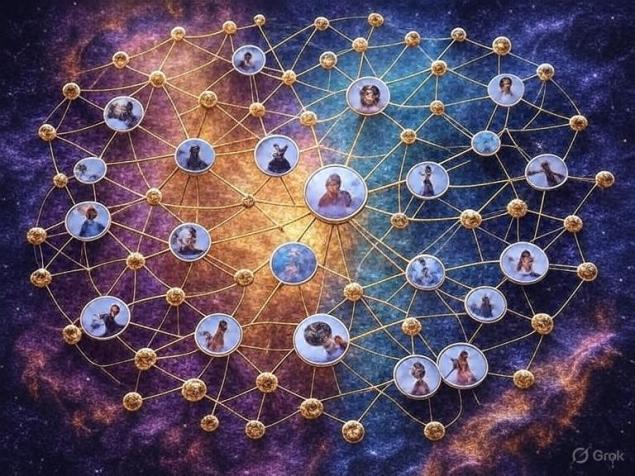
The architecture of sustainable change
Stanford University professor B.J. Fogg has identified three elements of any behavior: motivation, ability, and trigger. To create a sustainable lifestyle, you need to work with all three components.
Sustainability formula
Behavior = Motivation × Capacity × Trigger
When motivation is high, ability can be low. When ability is high, motivation can be moderate. But the trigger must always be present.
Microchange strategy
Start with changes that are so small that you can’t avoid them. Do you want to meditate? Start with one deep breath after brushing your teeth. Do you want to read more? Read one page before going to bed. Do you want to play sports? Do one push-up in the morning.
Rule 2 minutes: Any new habit should take no more than 2 minutes at the beginning. The goal is not the result, but permanence. You can always do more, but never do less than a set minimum.
Turning the environment into an ally
The environment has a huge impact on our behavior. Research shows that up to 40% of our daily actions are not conscious decisions, but automatic responses to environmental cues.
Don’t rely on willpower – create an environment where the right choice becomes the easiest choice.
The friction principle
Increase "friction" for unwanted behavior and reduce for desirable behavior. Do you want to watch less TV? Remove the batteries from the remote. Do you want to read more? Put the book on your pillow. Do you want to play sports? Get your uniform ready for tonight.
Emotional ecology
A sustainable lifestyle is impossible without emotional support. This does not mean that every day should be a holiday, but the system should bring more joy than suffering.
The Principle of Emotional Ecology
Every action in your system must either energize or restore it. Actions that only debilitate cannot be the basis of a long-term lifestyle.
Rituals vs. routine
Routine is the mechanical repetition of actions. Ritual is a conscious process filled with meaning and emotion. Turn the key elements of your day into rituals: waking up in the morning, eating, physical activity, going to bed.
Feedback system
The human brain needs constant feedback to maintain motivation. Create a tracking system that will show progress not only in results, but also in the process.
The Chain Method: Celebrate every successful day on the calendar. The visual chain of success will be a powerful motivator to continue. The main rule is not to break the chain for two days in a row.
Integration with life cycles
A sustainable lifestyle must be flexible and adapt to natural life cycles. Everyone has seasons of activity and recovery, periods of growth and stability.
The ideal system is one that works not only in ideal conditions, but also in times of stress, illness, travel or life crises.
The principle of “minimum viable day”
Identify the minimum set of activities that support you during your most challenging days. This can be: 5 minutes of meditation, a glass of water in the morning, 10 minutes of walking. This minimum should be so simple that you can do it even on the worst day.
Conclusion
Creating a holistic lifestyle is not a sprint, but a lifelong marathon. Start small, be patient with yourself, and remember that every day is a new opportunity to choose the best version of yourself. Do not strive for perfection, strive for permanence. It is in this constancy that true transformation is born.
Glossary
Neuroplasticity The ability of the brain to form new neural connections and change existing ones in response to experience and learning.
Anchor habit A key habit that naturally triggers a chain of other positive changes in life.
Trigger. An external or internal signal that triggers a particular behavior or habit.
Emotional ecology conscious management of the emotional environment to maintain psychological well-being.
Systems approach Consideration of life as a whole system, where all elements are interconnected and affect each other.
The domino principle One small change can trigger a chain reaction of positive change.
ritual A conscious sequence of actions filled with personal meaning and emotional significance.
Microchanges Very small, almost imperceptible changes in behavior that are easy to implement and maintain.
